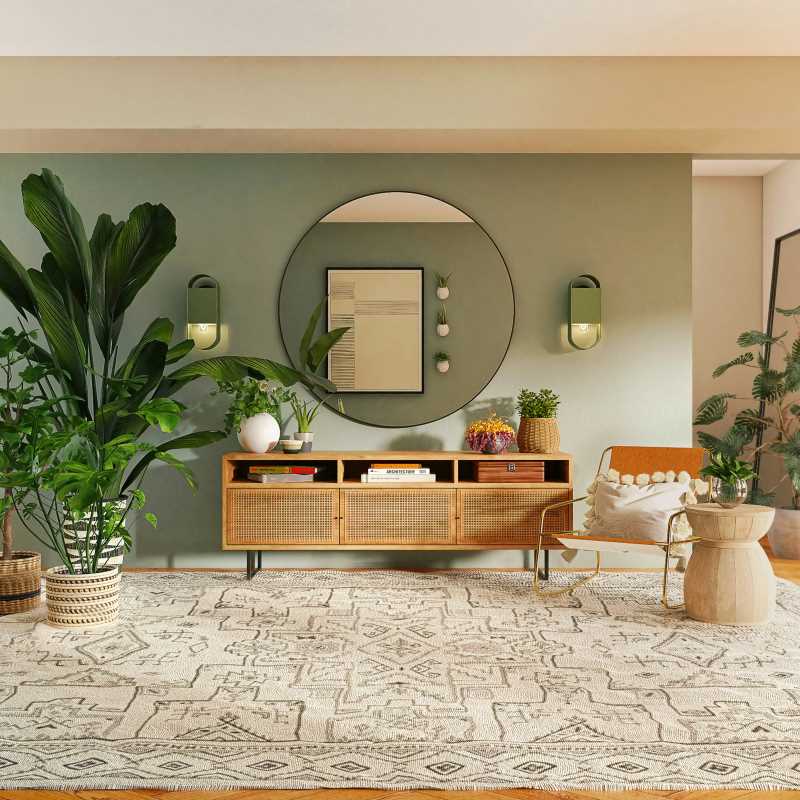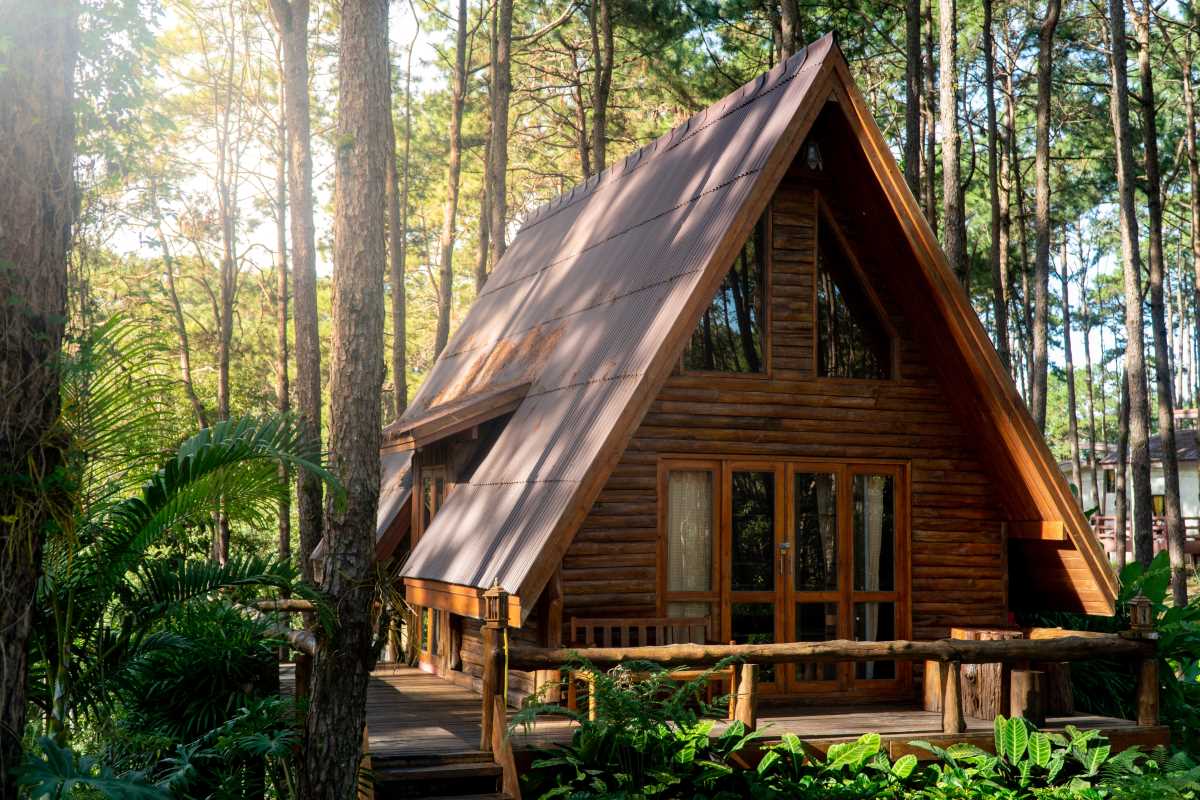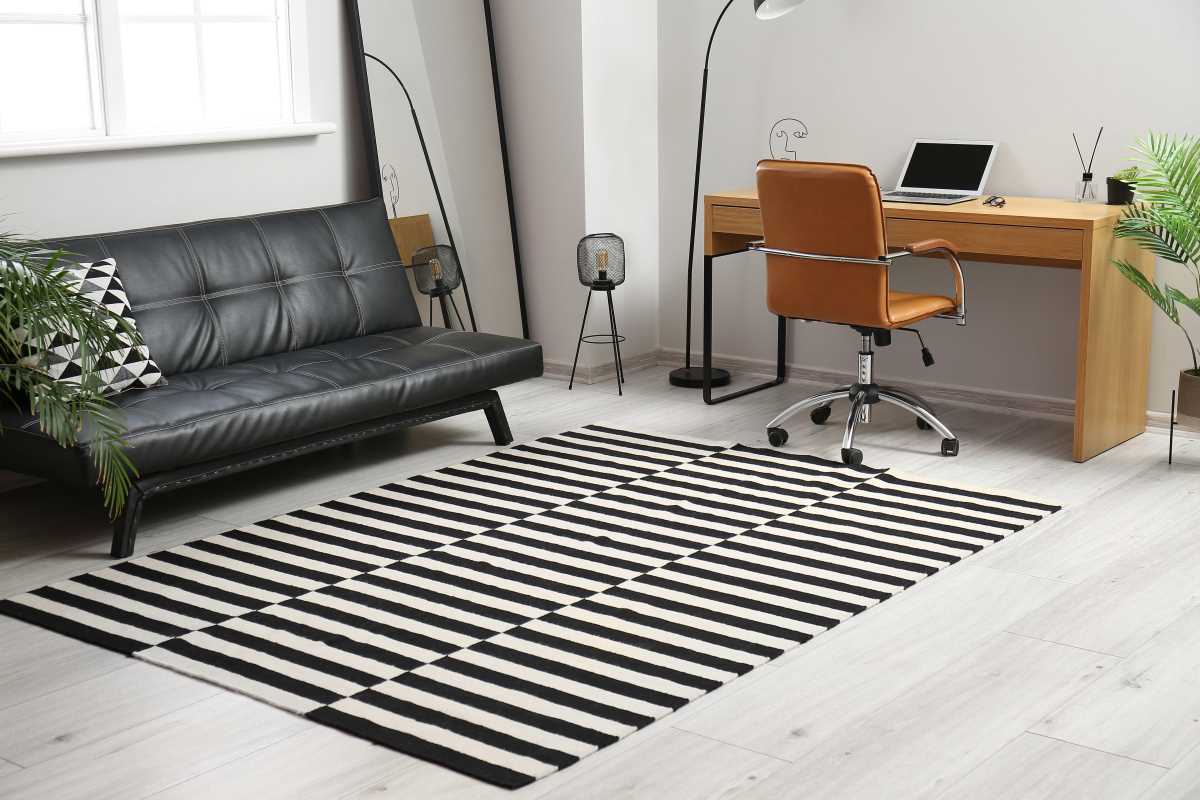A thoughtfully designed home plays a crucial role in enhancing the overall well-being of its inhabitants. Every decision, from the layout to the materials used, impacts the way a space feels and functions. Intentional design choices not only contribute to the aesthetic appeal of a living space but also foster an environment that promotes physical and mental health. Natural light, for example, can improve mood and regulate sleep, while proper ventilation ensures better air quality. Homeowners can create a wellness-centric sanctuary that nurtures relaxation and positivity by prioritizing elements that support comfort, functionality, and serenity. Every aspect of a home, from its design to its decor, should be carefully considered to ensure it promotes maximum comfort and wellness for its residents.
Understanding Intentional Design
Intentional design revolves around creating harmonious, functional, and conducive spaces to a healthy lifestyle. It emphasizes intentional choices that reflect the occupants' values and needs, ensuring that each element enhances well-being. This approach involves a holistic understanding of the mind-body connection and how the environment can impact it.
One key principle of intentional design is balancing form and function. While aesthetics are important, they should not be sacrificed for practicality. Intentional design incorporates both beauty and utility to create visually appealing spaces that effectively serve their intended purpose.
- Intentional Layouts: Arranging furniture and spaces to promote ease of movement and reduce clutter.
- Natural Lighting: Maximizing sunlight to improve mood and energy levels.
- Ergonomic Furniture: Selecting pieces that support proper posture and comfort.
- Calming Colors: Utilizing hues that evoke tranquility and reduce stress.
- Personalization: Incorporating personal items that reflect individual tastes and memories.
Choosing the Right Materials
The selection of materials in home design significantly impacts a space's functionality and atmosphere. Opting for high-quality, sustainable materials ensures durability and contributes to a healthier living environment.
Natural materials such as wood, stone, and bamboo are excellent choices for interiors. They bring warmth and texture and are often hypoallergenic and free from harmful chemicals, making them ideal for creating spaces that support respiratory health and overall comfort.
Sustainable materials reduce a home's environmental footprint. Products from companies like EcoBuild and GreenHome Solutions offer eco-friendly alternatives that do not compromise on style or quality, allowing homeowners to make choices that are both aesthetically pleasing and environmentally responsible.
Incorporating Natural Elements
Integrating elements from nature into home design can significantly enhance a space's sense of well-being. Nature-inspired designs create a calming ambiance and foster a connection with the outdoors, even in urban settings.
- Indoor Plants: Introducing greenery not only purifies the air but also adds vibrant colors and life to any room.
- Water Features: Incorporating fountains or small ponds can create soothing sounds that promote relaxation.
- Natural Textures: Using materials like wicker, linen, and wool adds tactile depth and comfort.
- Natural Light: Designing spaces to maximize sunlight exposure enhances mood and energy levels.
- Organic Shapes: Selecting furniture and decor with flowing lines and natural forms emulates the tranquility of natural landscapes.
Creating a Balanced Color Palette
The colors chosen for a home profoundly affect the psychological state of its occupants. A balanced color palette can create a harmonious environment that supports relaxation and mental clarity.
Soft, neutral tones such as beige, light gray, and pastel shades serve as excellent base colors, providing a serene backdrop that can complement accent colors like blues and greens. These hues are known for their calming properties and can help reduce anxiety and stress.
In contrast, vibrant colors like deep reds or bright yellows can be used sparingly to add energy and stimulate creativity. The key is to achieve a balance that reflects personal preferences while maintaining an overall sense of equilibrium within the space.
Optimizing Space for Well-Being
Efficient use of space is essential in creating a home environment that supports well-being. Clutter-free and organized spaces contribute to a sense of order and reduce mental fatigue, allowing residents to navigate their homes easily and comfortably.
It's important to note that optimizing space for well-being is not about following strict rules or conforming to trends. It's about finding what works best for you and your lifestyle while balancing functionality and aesthetics. Creating a home environment that promotes positivity and supports mental health is an ongoing process that requires attention to detail and a commitment to self-care.
Designated Spaces
Designating specific areas for relaxation, work, and socializing ensures each function has a dedicated space, promoting a balanced lifestyle. Thoughtful space planning also accommodates personal habits and routines, creating a more comfortable and efficient living environment.
Incorporating intentional design choices into a home goes beyond mere aesthetics; it creates a sanctuary that supports its inhabitants' physical and mental well-being. By understanding the principles of intentional design, selecting appropriate materials, integrating natural elements, balancing color palettes, and optimizing space, homeowners can cultivate a living space that truly enhances their quality of life.
 (Image via
(Image via





